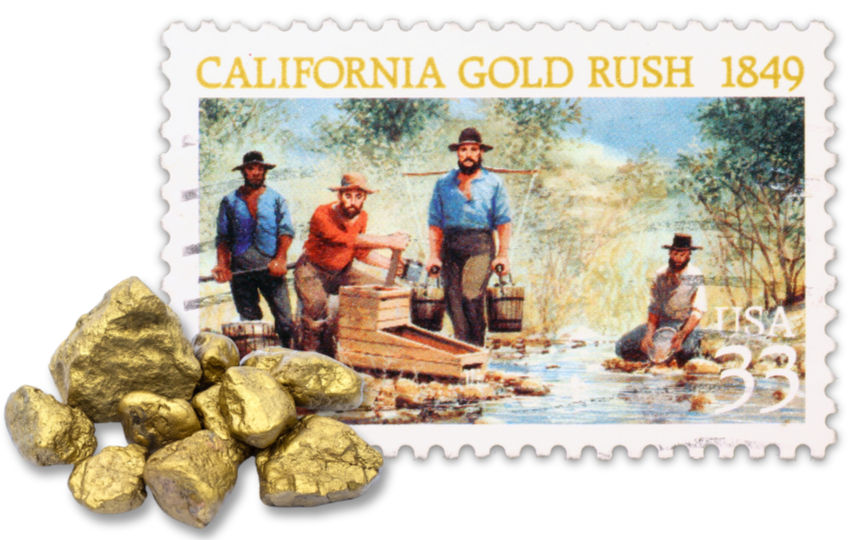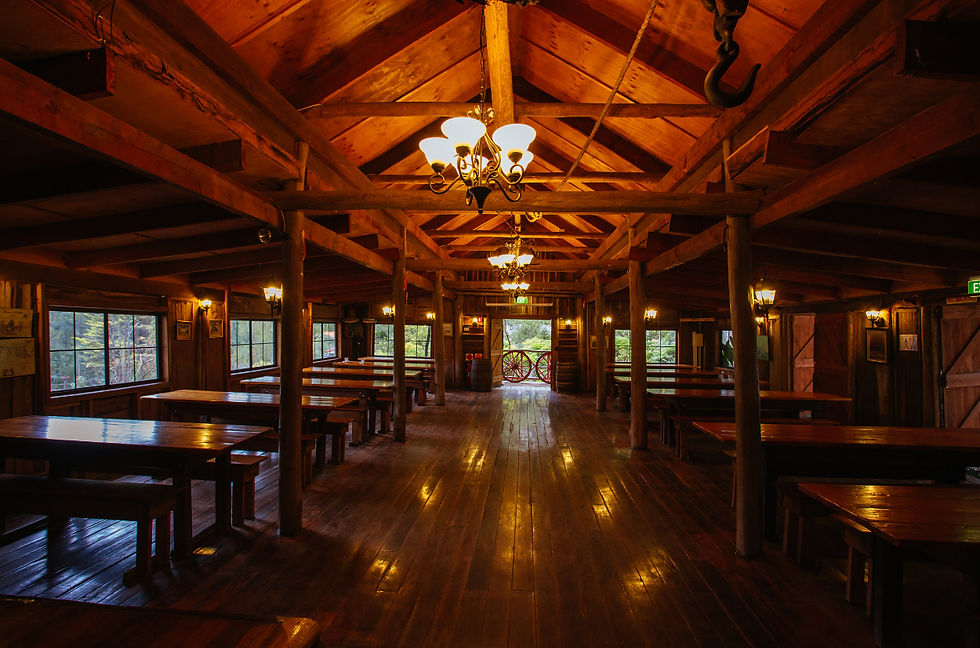4 Curiosities about the Gold Rush
- ccancino3
- Aug 7
- 3 min read
From the United States to Canada, to Australia, the goldfields attracted intrepid prospectors willing to risk everything for a chance to transform their lives.

In the mid-19th century, the world was in a dynamic of constant change. The Industrial Revolution was in full swing, transforming societies. This social transition in search for new opportunities such as the gold rush, was the driving force that led people to embark on this adventure. Discover 4 curiosities about the Gold Rush:
1. Before California: Circumstantial Finding
According to the Reed Gold Mine site (North Carolina), the first important gold rush in the United States began in Cabarrus County, (NC), in 1799. In that year, Conrad Reed discovered a 17-pound gold nugget while playing near his farm. Since his family didn't know what they were dealing with, they decided to use the golden rock as a paperweight.
When a local jeweler identified that it was actually a gold nugget, the gold rush unleashed in North Carolina; long before 1848 when it occurred in California. Other gold rushes were also experienced in Australian regions such as New South Wales and Victoria, and the cold waters of the Klondike River in Canada, where gold was discovered in 1896.
2. The Origin of a Famous Phrase
During the gold rush, the phrase "stroke of luck" took on a literal meaning. The miners, in their search for wealth, depended on both chance and their own ability. It was a matter of hitting the right rock with the pickaxe and, sometimes, after a single hit, discovering a gold vein.
In those days, there was nothing like a good "stroke of luck" to change a person's life overnight. That's where the expression used when something positive happens unexpectedly comes from.
3. The Rise of an Alternative Business
There were merchants who made more money than the miners themselves. While thousands of people embarked on the adventure in the hope of getting rich, some businessmen saw a different opportunity. Instead of searching for gold, they decided to sell the supplies that the miners needed.
Among the most successful was Levi Strauss, a German immigrant who began selling heavy-duty pants to the miners in California. These denim pants, designed to withstand the harsh working conditions, later became the famous Levi's jeans.
4. Ghost Cities: Time Capsules

After the discovery of gold In 1859, the California town of Bodie became a prosperous mining center, home to about 10,000 people. However, by the 1940s, once the gold deposits were exhausted, the place was practically abandoned. Today, it is a state historic site that preserves buildings and objects from the period in a "state of frozen deterioration".
In Canada, Dawson City (Yukon), driven by the arrival of the gold prospectors, grew to reach more than 40,000 inhabitants. Once the gold rush of the Klondike cooled, the population plummeted and the city shrank considerably.
For its part, in Australia, Ballarat (Victoria) was one of the richest mining centers in the world. Although still inhabited, many of the surrounding areas became ghost towns following the decline of mining. These areas now have buildings and museums that show the country's mining history.
The gold rush was a phenomenon that changed the course of history, driving economic, social and cultural progress in different parts of the world. Despite the passing of the years, gold is still a factor of wealth and stability, both for nations and for individuals, reminding us of its power and the fascination it has arisen for millennia.
Protect your Savings
Aktagold's mission is to help people around the world protect their money from the economic and financial instability of their countries of origin, giving them access to savings in physical gold kept in the most secure vaults in Canada, an option that previously used to be reserved only for those with the highest income.
Contact us and get more information.



